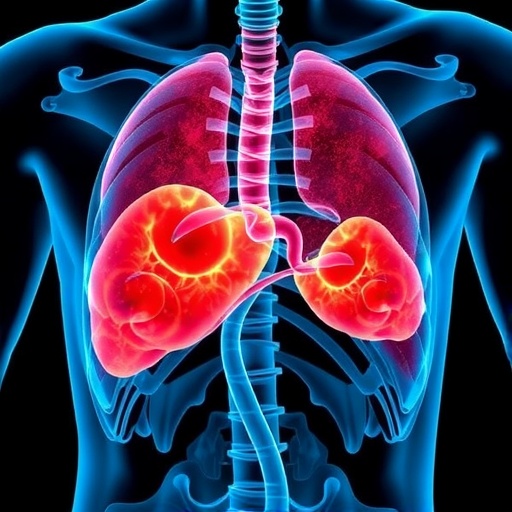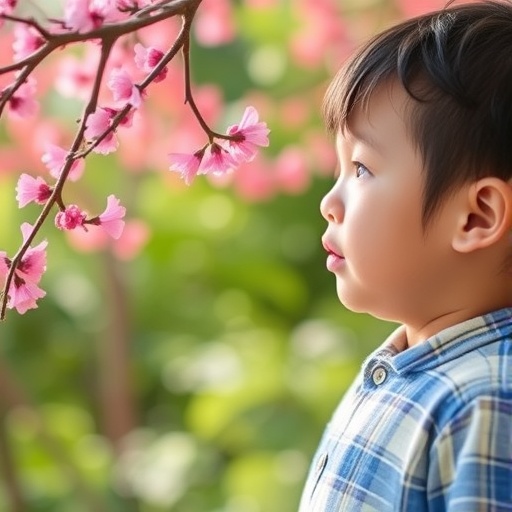Credit: Chin-Cheng 'Scotty' Yang
Kyoto, Japan — As worker ants busily hurry about providing for colony and queen, we can imagine a range of tasks that they must be performing. But laying eggs?
Now scientists at Kyoto University have revealed that for workers in the invasive species of 'yellow crazy ant', Anoplolepis gracilipes, worker-laid eggs provide a valuable energy source for selected colony members.
The yellow crazy ant is one of the world's most ecosystem-devastating ant species, and is therefore also one of the most closely studied. But some of its basic characteristics, such how larvae are fed, have remained unknown.
In a study published in Frontiers in Zoology, the research team describes how specialized 'physogastric' workers — with greatly-enlarged abdomens — produce two egg types: one for reproduction, and the other for nutrition. The latter variety, called 'trophic' eggs, for their nutritional, non-reproductive role, were found to be the primary food source for larvae.
Additional observation revealed that these unfertilized eggs are also fed to queens and other castes in the colony as a supplement to their diets, confirming the role of physogastric workers as the 'trophic egg chefs' of the colony.
"This behavior may indicate adaptive advantages for this invasive species," explains corresponding author Chin-Cheng 'Scotty' Yang. "Production of eggs by workers for food can help the colony overcome unfavorable conditions such as shortages.
"Alternatively, if the queen dies or disappears, haploid males can be produced from reproductive eggs and then mated, offering an advantage for an orphaned colony."
These revelations came as a surprise to the researchers, but also gave them hints for controlling infestations.
"We can now develop a strategy to combat this invasive species," continues co-author Chow-Yang Lee. "For example, if we suppress the workers' reproductive potential, it would cut off the nutrition supply for larvae and prevent colonies from growing."
The team is considering, for example, incorporating a low concentration of hormonal analogue 'JHA' as an active ingredient in bait used against yellow crazy ants, which they anticipate will produce the desired growth-limiting effect.
###
The paper "Worker reproduction of the invasive yellow crazy ant Anoplolepis gracilipes" appeared 8 May 2017 in Frontiers in Zoology, with doi: 10.1186/s12983-017-0210-4
Kyoto University is one of Japan and Asia's premier research institutions, founded in 1897 and responsible for producing numerous Nobel laureates and winners of other prestigious international prizes. A broad curriculum across the arts and sciences at both undergraduate and graduate levels is complemented by numerous research centers, as well as facilities and offices around Japan and the world. For more information please see: http://www.kyoto-u.ac.jp/en
Media Contact
Raymond Kunikane Terhune
[email protected]
81-757-535-728
@KyotoU_News
http://www.kyoto-u.ac.jp/en
############
Story Source: Materials provided by Scienmag




